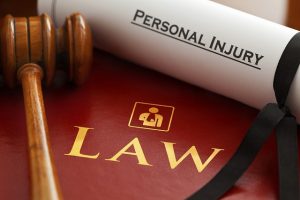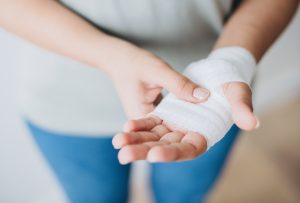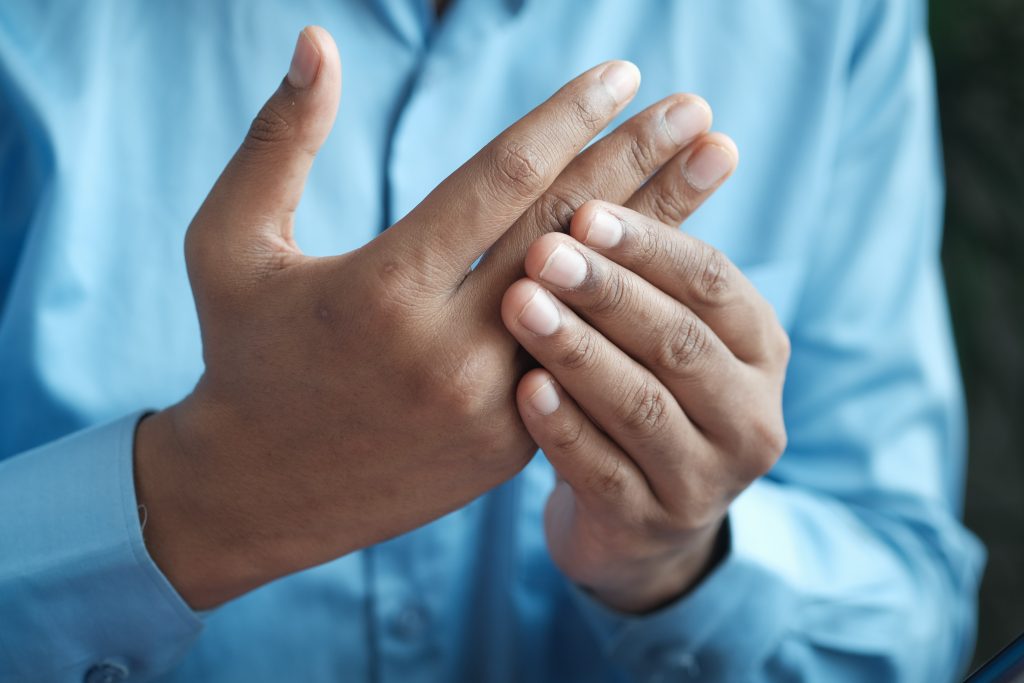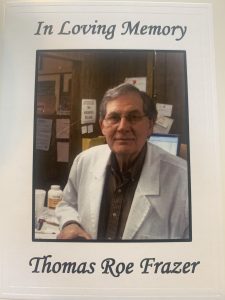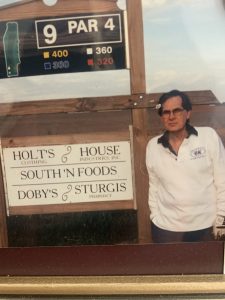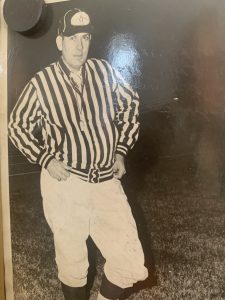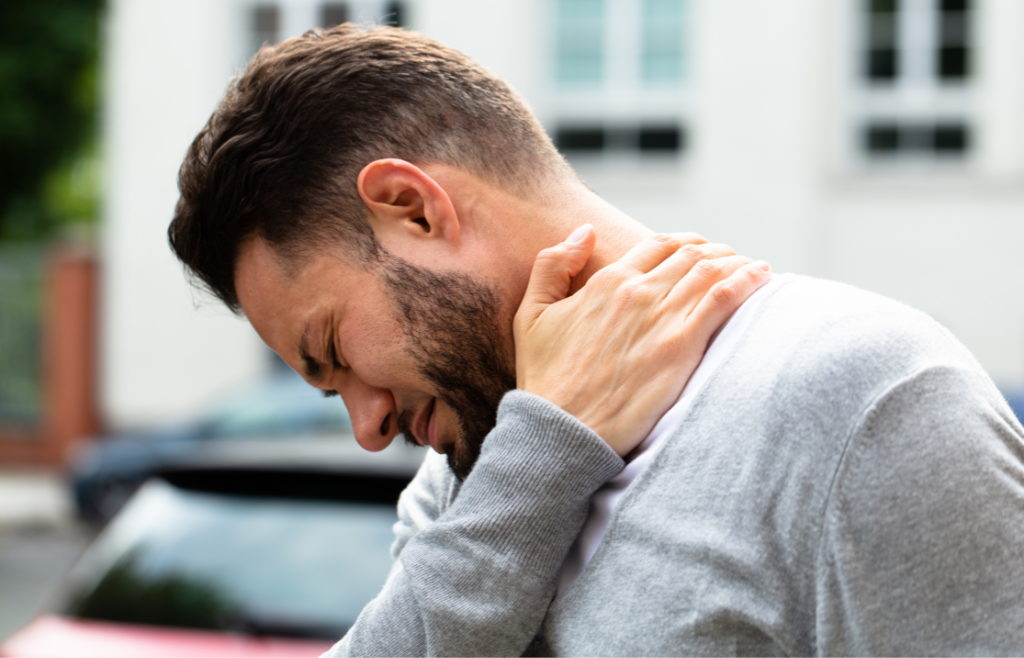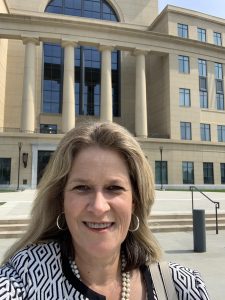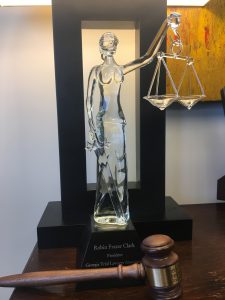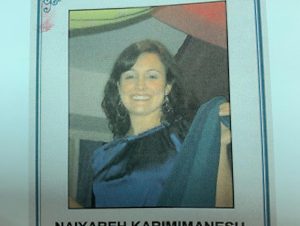
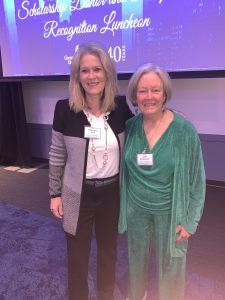

Last month I had the distinct and unusual honor of being a guest of my client, Carelle Karimimanesh, at the Georgia State University Law School Scholarship Donor Luncheon, to recognize Carelle for creating a law school scholarship in memory of her daughter, Naiyareh “Nai” Karimimanesh, with proceeds she received as a result of a settlement of a case for the wrongful death of Nai, in which I represented her. The scholarship is named the Naiyareh Karimimanesh Memorial Scholarship. Carelle also endowed a moot courtroom at Georgia State University in honor and memory of Nai, who graduated from Georgia State Law School.
Naiyareh Karimimanesh was born on May 17, 1979 in San Francisco, California. Nai graduated from Emory University in Atlanta where she graduated with a BA in History and minors in Religion and Persian (Farsi) in 2001. Her life and education were enhanced by summer study in Israel and Jordan. Nai was also an active member of the Emory Baha’i Club. While at Emory, Nai was a Jimmy Carter Presidential Center Intern, a University Senator, and a Senior Resident Advisor. She was a leader in the Residence Life Community and was respected and admired by all of her residents and the administration at Emory University. Nai earned her Juris Doctorate from Georgia State University in
2005.
 Atlanta Injury Lawyer Blog
Atlanta Injury Lawyer Blog




